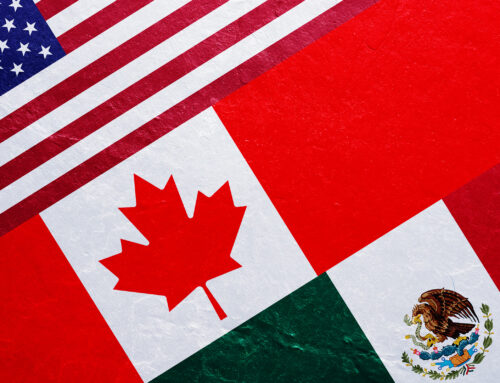It’s no wonder that Fortune 500 Companies are kicking off pricing initiatives at such a tremendous pace. The fruits of their efforts are continuing to make headlines. In last Friday’s Bloomberg’s Business Week there was a prominent article about the gains Goodyear has made by managing mix.
Goodyear was facing a US$428million increase in raw material costs in the last quarter as rubber and steel prices have increased rapidly. Speaking at an industry conference Darren R. Wells, CFO, explained that they more than offset this spike because “Goodyear has successfully passed on some of the costs to customers through tire price increases and has been able to boost the sale of its higher-end tires.”
This success is no accident. Managing mix is one of the most important of all the pricing levers. If you simply increase prices you run the risk of making your products value disadvantaged vs. your competition, and losing sales. However, a mix management strategy is aimed as much at the decisions that are made after your brand has been chosen as it is directed at the broader market.
A mix management strategy is a conscientious effort of managing all the elements of the marketing mix to guide customers toward your company’s higher margin offerings. Often the best approach is to guide the customer to trade up to a higher end product after your brand has been selected.
To execute this strategy Goodyear had kicked off a bold new advertising campaign in February 2011. The More Driven campaign focused on the experts who chose Goodyear in some very tough terrain, including NASCAR and the Moon. Experts like legendary race car driver Richard Petty testified to the importance of high-quality tires.
In another example, a client who runs a chain of restaurants needed to increase traffic in the economic downturn. In response, they advertised a promotion of low-end meals like the meatloaf at $8.99. We were asked to provide assistance to the marketing team when executives saw that traffic was up, but profits were down. We found that in addition to advertising the promotion, they had highlighted these promotional items with big yellow stars on the menu. They knew that “diners order with their eyes” but had not concluded that diners’ eyes didn’t need to see a big yellow star on the menu. We suggested that they remove the stars and instead add pictures of the succulent ribs at $13.99 (and other higher end meals). The move helped to improve the mix. Customers were trading up to higher-end products at a much higher rate.
The final important point to take from both the Goodyear and the restaurant examples is that the improvement of mix management needs to be measured. Building a set of indicators that breaks down performance changes to their underlying drivers is a vital step in aligning the organization to capture the opportunity. To manage mix effectively you need to know whether margins changed because we:
- Sold more units
- Took a price increase
- Had more customers
- Improved the mix
- Changed the amount of discounting
- Faced cost changes
- Or more likely some combination of the above (and more)
Any one of the drivers can have a dramatic effect on your margins. Knowing the relative impact of each, and assigning accountability for managing each branch of this variance tree is an important step towards mix improvement, and realizing the kind of benefits that Goodyear saw last quarter.
Jim Saunders leads the Pricing Management practice at Pricing Solutions, an international pricing strategy consultancy dedicated to helping clients achieve World Class Pricing competency. Pricing Solutions publishes a monthly pricing column in the FP Executive. They also write for the Pricing Solutions Club.





